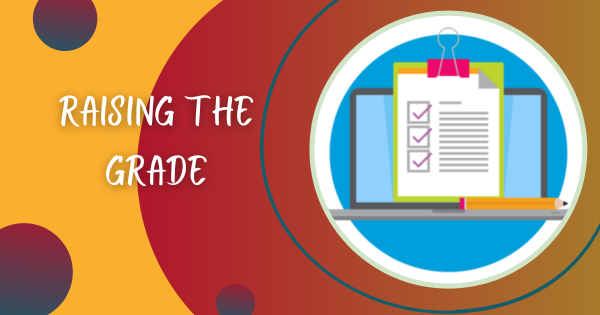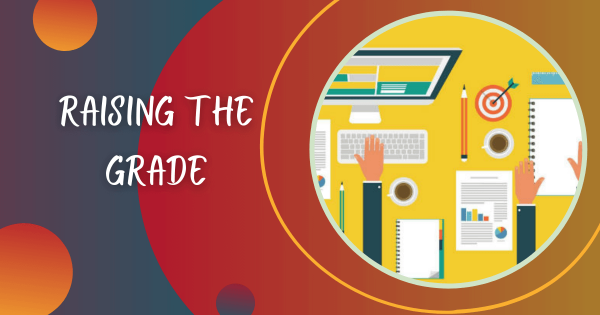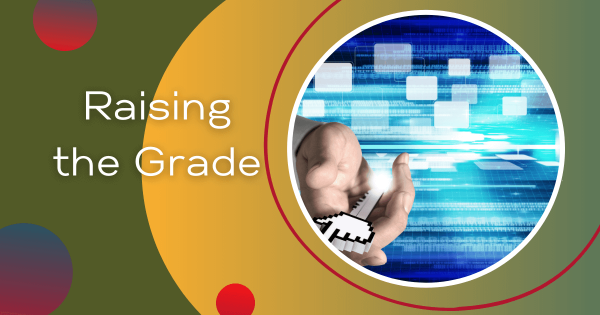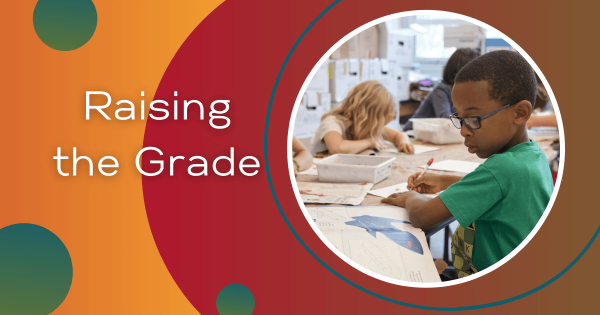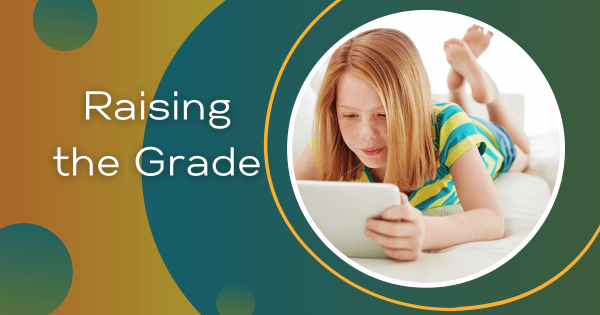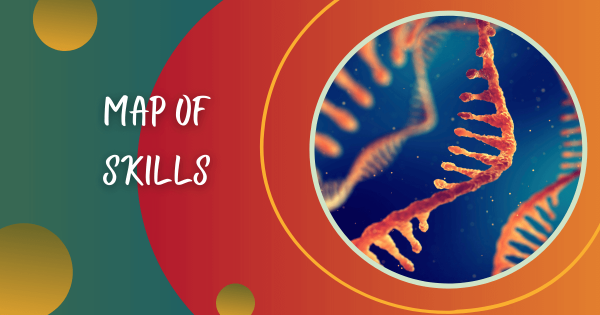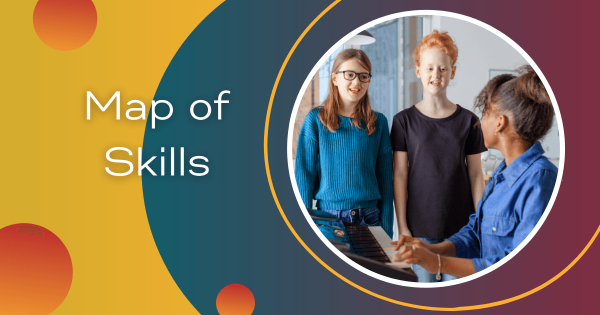After logging reading, students are automatically prompted to answer one Common Core-aligned comprehension question. They earn Wisdom Coins for logging reading and answering questions—they use these to buy virtual accessories for their Owlvatar. The more they earn, the more they can buy in the Owl Store; a surprising motivator.
Eduporium Blog
-
Raising The Grade: Teaching Above The Line
The most basic levels is the S (Substitition)- using technology as a simple substitution for more traditional models with no change. A (augmentation) is the second level where technology is used as a substitute with some minor improvement. These two levels are considered “below the line” meaning that they don’t really use technology in the most effective way. -
Raising The Grade: Assessing Technology Skills
As schools begin to integrate technology into all areas of academics I’m nervous about the extent to which we make this integration meaningful especially in terms of assessments. Inside are three of my own questions and my answers to them. Hopefully, the US education system can begin to move in the right direction. -
Raising The Grade: Equitable Access for All
Internet access. In the US, I’m not sure if it’s a luxury or a necessity. However, I am sure that children today benefit from using the Internet to supplement their traditional school education. We know that there are books, videos, games, and countless other online resources to help children learn. -
Raising The Grade: Jessica Martinez on Technology
Jessica Martinez is in her twelfth year as an educator. She spent nine years as a classroom teacher before becoming an instructional coach. She gives her thoughts on technology in education and specifically at Bancroft Elementary. Keep reading to learn more about some of the benefits and drawbacks she’s seen. -
Raising The Grade: Is There an App for That?
My school district, like many across the country uses the Dynamic Indicators of Basic Early Literacy Skills (DIBELS) and Text Reading and Comprehension (TRC) assessments to measure elementary students’ reading abilities. These are a series of probes that evaluate skills indicators such as word fluency, retelling, synthesis, and inferring. -
5 21st Century Fundraisers You Can’t Ignore
In this post from guest blogger, Jessica Sanders of www.learn2earn.org, explore some of the new and efficient ways to help raise money for your school community. School fundraisers are a necessary evil, but that doesn’t mean they need to be a pain to facilitate. Luckily, technology is making it easier to run effective fundraisers without the headaches. -
Map of Skills | Discovery of RNA Sequences
In this “Map of Skills,” Kaila Deiorio-Haggar, a Ph.D. Researcher at the Meyer Laboratory of Boston College, describes her work on autogenous ribosomal elements in bacteria. She uses computational frameworks to discover autogenous ribosomalelements in bacteria and talks about the computational alignments of genomic structures. -
Dr. Keith Explores: Water & Chemicals
Remember that list we made? I made a short list as well and one product contains isopropyl alcohol, 2-butoxy-ethanol and ammonia. I have another item that has a warning label that a poison control center should be contacted immediately if the product is swallowed. The product is to be used to clean surfaces like counters and bathroom sinks and tubs. -
Map of Skills | Teaching Voice and Singing
Some want to learn how to sing for the joy of singing. Others want to make singing their career—they want to record albums, audition for major talent competitions, or be signed to labels. See what kinds of technology Maya and her students use in order to maximize their talent and leverage the potential of various STEAM tools.




